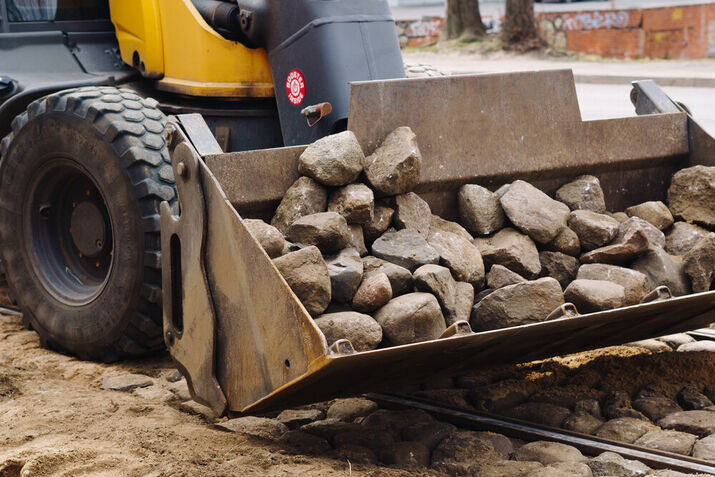In an atmosphere of digging every nook and corner of the country, a 1857 era stepwell was discovered in Uttar Pradesh’s Sambhal District. The discovery came shortly after the ruins of an ancient Banke Bihari temple were found in a wreck, in the same neighbourhood earlier this month.
The Nineteenth Century Stepwell
The stepwell was discovered during an anti-encroachment drive at Laxman Ganj of Chandausi village, Sambhal district. It is believed to be 150 years old. A tunnel that might have served as an escape route during the 1857 rebellion against the British Raj was also discovered. This stepwell is situated in proximity to the Banke Bihari Temple, which is in a desolate condition. A separate renovation drive to better the situation of the temple structure is also underway. Part of this ongoing effort is also focused towards recovering historical sites in the area.
Following the excavation, Sambhal District Magistrate Rajesh Basaya and SP Krishnan Kumar Bishnoi, inspected the site on Sunday.
“The stepwell or Baoli spans 400 meters and is recorded as a pond in revenue records. This excavation is proceeding carefully to avoid damage and encroachment around the site will also be removed,” said SP Pensiya.
The same day, the Archeological Survey of India surveyed five other shrines and 19 wells in the region. The inspection lasted nearly 10 hours and covered approximately 24 locations.
“The archaeological Survey of India (ASI) findings will guide our next steps in preserving Sambhal’s rich, historical heritage,” the Sambhal District Magistrate told the press.
The structure of the Baori features three levels, two made up of marble and the top level made up of brick, with a well and designated four chambers. Locals believe that the stepwell was constructed before the reign of king Bilari and the tunnel dates back to the 1857 uprising, when the chambers and the tunnel might have been used for hiding revolutionaries. The Indian revolt of 1857 is famously called the first independent struggle of the country.
The Excavation Demand
The Laxman Ganj excavation was done by the Sambhal District Magistrate on demand of Sanatan Sevak Sangh officials. Following the request, the ADM Satish Kumar Kushwaha, along with his team, began the digging process on Saturday using two JCB machines.
According to the officials in charge of the excavation, “The place in Laxman Ganj Mohalla is registered under Gata number 253, which is known as Baodi. It houses an old pond and several rooms. The excavation is being done in cooperation with the municipality. So far, four rooms and the step structure have been uncovered. The work will continue.”
The Sanatan Sevak Sangh State Publicity Chief, Kaushal Kishore, earlier submitted a letter to the DM to request this excavation. “The discovery of the stepwell and its staircase confirms the historical narratives about this location. Its connection to the 1857 Revolt and the royal family of Sahaspur adds immense value to the site,” Kishore adds.
“The discovery of the stepwell and its staircase confirms the historical narratives about this location. Its connection to the 1857 revolt, and the Royal family of Sahaspur adds immense value to the site.” said Tahasildar Dhirendra Pratap Singh.
Locals and historians of the area express their excitement about the new discovery. The elderly in Laxman Ganj also recall stories of the site’s historical importance. The stepwell is believed to be a relic of the bygone era of the independence struggle. Following the excavation, beautification efforts are expected to continue with plans to restore the entire site. All this is done to preserve the historical essence.


